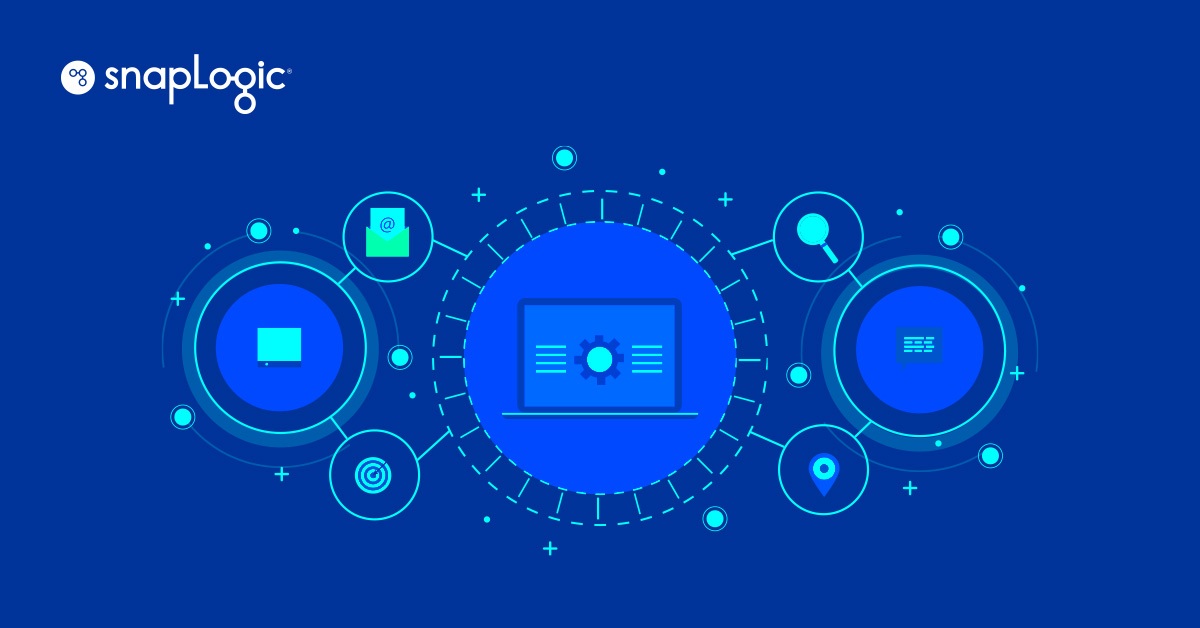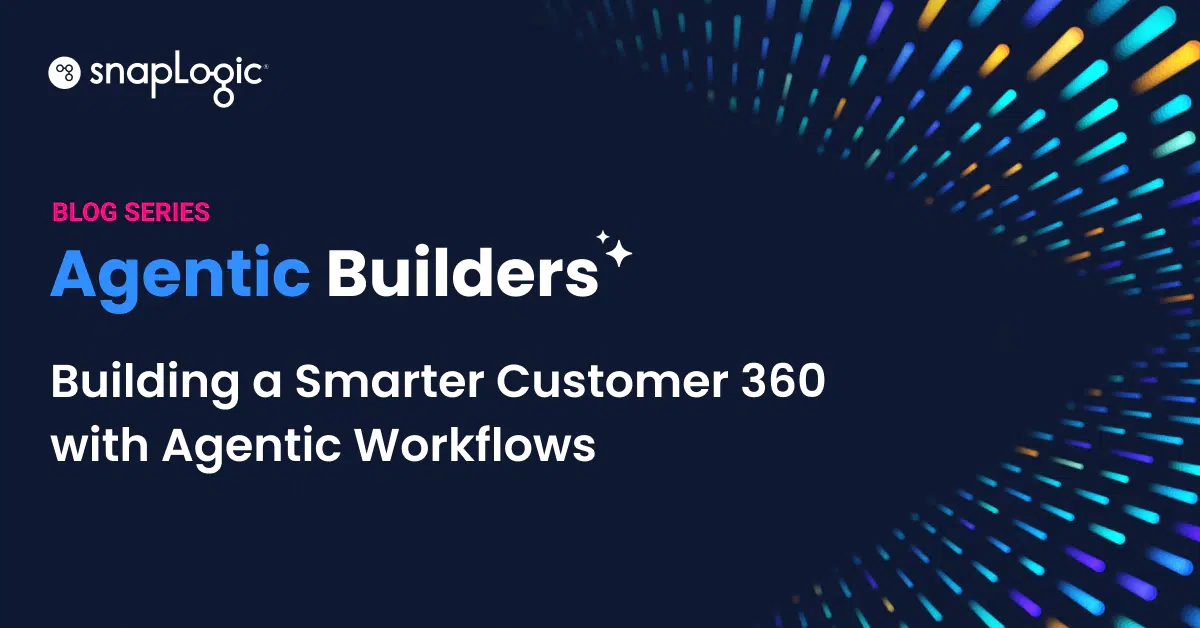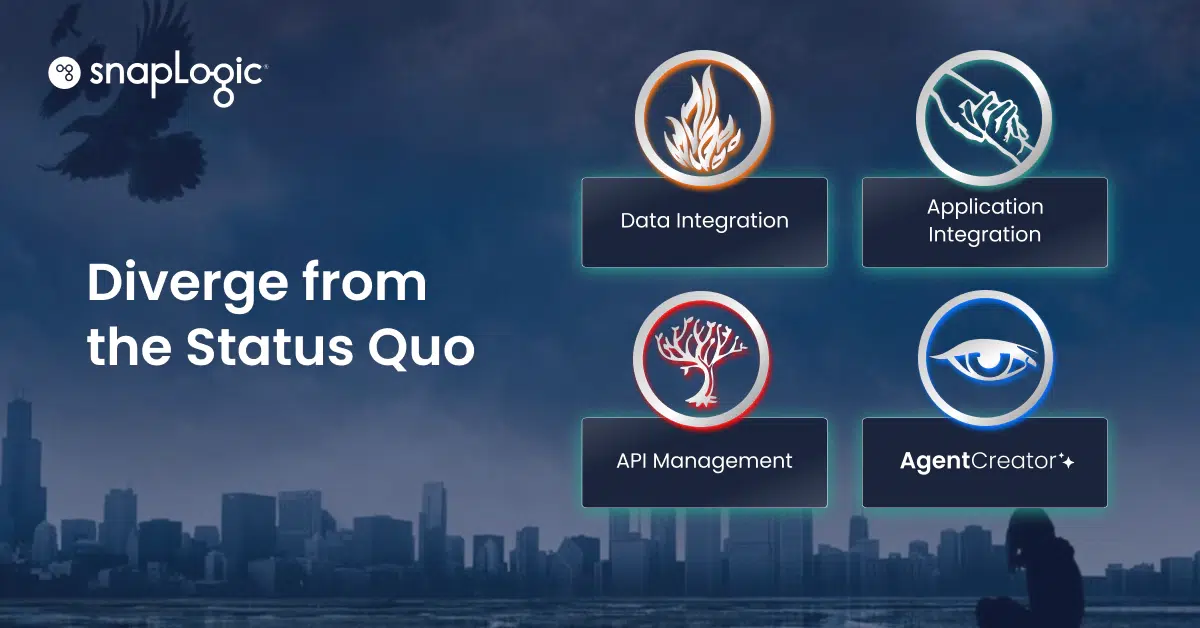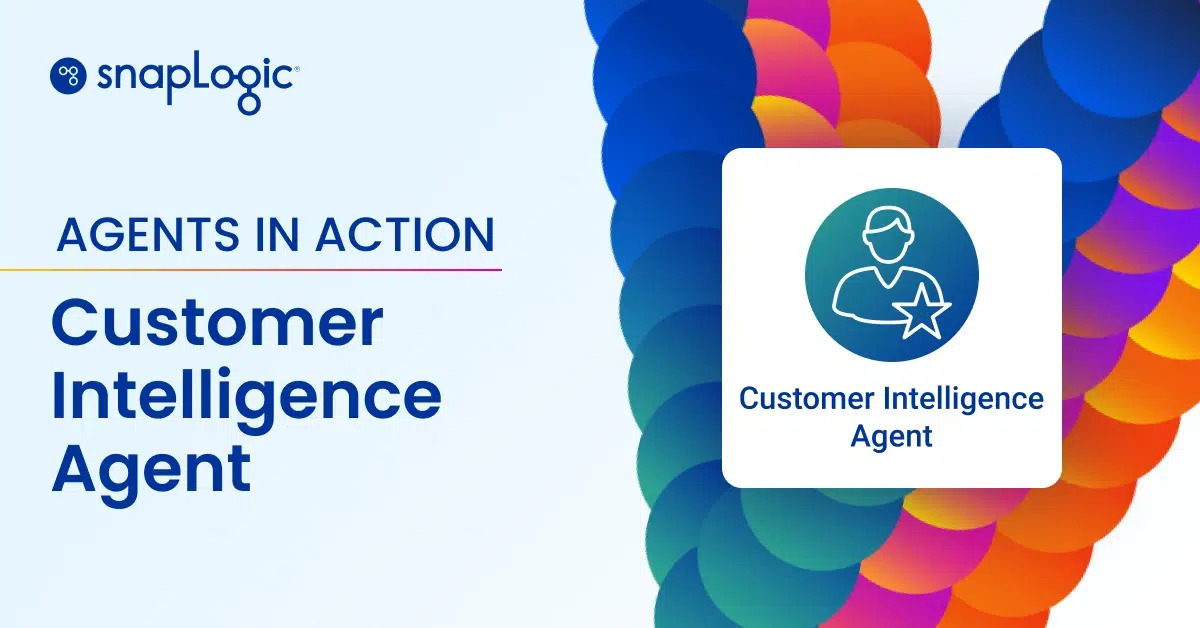The results are in: It’s time to digitize customer experience or risk losing business. According to a 2023 Zendesk survey, 77% of business leaders have seen customer experience investments pay off when they offer more customer control. And the key to giving customers ultimate control is to digitize customer experience.
The digitization of customer experience is the process of using technology to provide a seamless and consistent experience for customers in digital spaces — including social media platforms, mobile apps, and company websites. A bank might offer online banking services via its website and a mobile app, allowing customers to manage their accounts and make transactions from anywhere at any time.
Why digitize customer experience?
By thoughtfully communicating on digital channels, brands can give customers both convenience and personalization.
Increased customer satisfaction and loyalty
By digitizing customer journeys, companies can provide faster and more efficient service to increase customer satisfaction.
For example, in 2021, Delta airlines started using biometric screening to streamline the check-in process. The technology allowed customers to check in for their flight using their faces as identification, reducing wait times. When Delta surveyed customers about the change, 72% of Delta customers preferred facial recognition over the standard boarding procedure.
Enhanced customer engagement and personalization
Every time customers interact with a brand over a digital channel, the brand gets more information that can be used to improve customer experience. Companies now have the ability to collect and analyze customer data more easily than ever before, allowing them to understand more about their customers than ever. Because of this added information on what customers want and need, brands can offer more robust personalized digital experiences for their customers.
One example of a brand using personalization through digitization and data to improve customer experience is Netflix. In 2017, Netflix reported that “approximately 80% of subscribers trust and follow the recommendations of the algorithm.” based on individual viewing history and suggestions. In other words: People like the suggestions Netflix offers.
Increased efficiency and cost savings through automation
Brands could handle all customer interactions manually, but digital tools allow companies to provide faster and more efficient service. When a customer can quickly get their questions answered through a chatbot, then the brand saves costs on employee time.
Since 2016, Bank of America has used an AI-powered virtual assistant named Erica to improve efficiency by providing an automated customer experience. The sophisticated chatbot helps customers do a wide variety of banking tasks, including checking account balances, transferring funds, or discovering rewards programs that can save them money. Erica has helped the bank to reduce the workload for human customer service representatives. It also helped provide faster and more efficient service to customers. According to Bank of America, as of late 2022, Erica had handled over one billion client requests, leading to significant cost savings for the financial institution.
Challenges with digitizing customer experience
While digitizing customer experience comes with benefits, there are some obstacles brands have to overcome to truly deliver for their customers.
Integrating legacy systems with newer technologies
Legacy systems can hinder the digitization of customer experience by creating compatibility issues, data silos, and a lack of flexibility in implementing new features or updates. This can lead to compatibility issues, data silos, and a lack of flexibility in implementing new features or updates that brands need to provide a better customer experience.
To make this change easier, companies can start with a thorough analysis of their existing systems and identify areas where new technologies can be integrated without disrupting existing workflows. Adopting a phased approach to integration can help mitigate risks and allow new systems to be properly tested and validated before the final roll-out.
For example, a healthcare provider may have an old electronic health record (EHR) system that cannot communicate with newer systems used by other providers — which makes it difficult to share patient information between providers and coordinate care. To provide better care for patients, the healthcare provider could analyze its existing systems and identify areas where newer technologies, such as application programming interfaces (APIs), could be integrated to enable better connectivity between systems. A phased approach to integration could then be adopted to mitigate risks and ensure that new systems are properly tested before being fully implemented.
Maintaining data privacy and security
Digitization often involves collecting and storing large amounts of sensitive customer data. This data can include personally identifiable information (PII) such as names, addresses, and financial information. As a result, it is important to have robust security and privacy measures in place to protect this data from unauthorized access, cyberattacks, or breaches. It’s also a good idea to be transparent with customers about how their data is being collected, stored, and used and to obtain their consent for its use whenever possible.
Regions and countries often have different regulations surrounding data privacy and security, which can add complexity to the process of ensuring compliance. New vulnerabilities and threats also emerge as technology evolves, requiring ongoing efforts to stay ahead of potential risks.
To mitigate these risks, incorporate cybersecurity measures. These measures might include adding encryption and firewalls into systems and training employees on best practices for data handling and security. By taking a proactive approach to data privacy and security, companies can help mitigate risks and ensure that sensitive data is protected.
Maintaining a seamless and personalized experience across channels
Customers interact with a company across a variety of digital platforms. Customers behave differently on different channels and platforms, which can make it challenging to get a comprehensive view of your customers.
To meet this challenge, brands can gather and analyze data to understand how customers are using each touchpoint. By doing so, they can adjust each touchpoint based on the use cases for each. For example, a customer may prefer to browse products on a brand’s website but prefer to make purchases through its mobile app.
By analyzing data on how customers use each touchpoint, brands can optimize the customer experience and improve conversion rates. Brands can also use customer data to personalize the experience for each individual customer, providing tailored recommendations and marketing messages. By doing so, they can increase customer satisfaction and loyalty.
What does a fully digitized customer experience look like?
A fully digitized customer experience looks different depending on a brand’s products and customers, but there are a few key signs that apply to all organizations.
More opportunities for customers to interact with your brand
These days, customers interact with companies across a variety of platforms — such as social media, email, phone, and in person.
To evaluate customers’ preferred digital channels, brands can use data tools such as customer relationship management (CRM) software and social media monitoring tools. Marketing automation platforms can help automate communication and personalize interactions based on customer behavior. Social media monitoring tools can help brands track mentions and engagement on social media platforms and identify trends and customer sentiment.
Real-time data collection and analysis
To collect and analyze customer experience data in real time, brands can use data tools such as customer experience management (CEM) software, sentiment analysis tools, and web analytics platforms. CEM software can help brands track customer interactions across all touchpoints and channels, while sentiment analysis tools can help brands identify customer sentiment and respond accordingly. Web analytics platforms can help brands track customer behavior on their website and identify trends and patterns.
Automation of routine tasks and processes
When a company makes its customer experience digital, it’s important to use automation to make routine tasks faster and easier for customers — like chatbots for customer service, automatic scheduling and reminders, and self-service options for tasks like paying bills or updating accounts. This automation lets employees focus on more important work, like helping customers or creating new products.
The role of iPaaS in digitizing customer experience
Integration Platform as a Service (iPaaS) solutions, like SnapLogic, play a crucial role in digitizing customer experience. They facilitate the integration of legacy systems with newer technologies, allowing companies to create a unified view of customer data across multiple touchpoints. Additionally, iPaaS solutions can automate many tasks to increase employee efficiency and reduce customer wait times.
Data analysis is another key aspect of iPaaS solutions. An iPaaS provides a central place to collect and integrate data from all your sources. By collecting and analyzing customer data from more sources, companies can gain a more holistic view of customer needs and preferences to create more personalized experiences for their customers.
Finally, iPaaS solutions keep data safe and secure, which is crucial in today’s digital landscape. iPaaS solutions provide security protocols to ensure that this data is protected and compliant with different regulations surrounding data privacy and security.
To learn more about how to digitize customer experience using automation, download our eBook: Enterprise Automation For Dummies.











